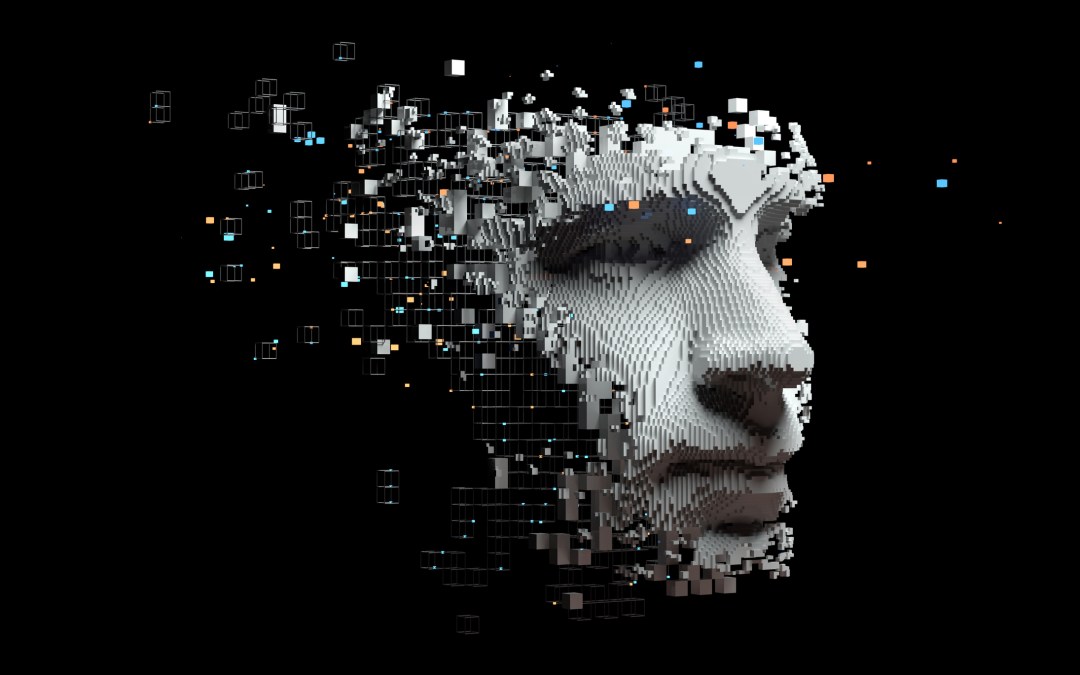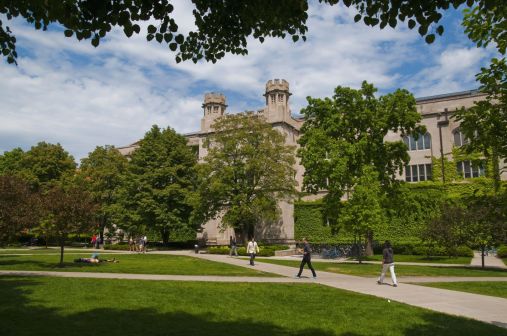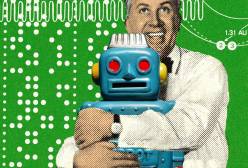Why universities should prepare all students for AI-driven future

With artificial intelligence used increasingly across nearly all professional sectors, universities need to educate their students about AI and data science, education leaders said during a webinar Wednesday.
AI’s power has grown immensely over the last decade, said University of Florida Provost Joseph Glover said during a webinar hosted by video graphics company Nvidia, pointing to its role in helping researchers and businesses solve problems like climate change and health-care efficiency.
“[AI] is having a rapid and profound impact on many sectors of society,” Glover said. “So as a university, we are in the business of preparing students to go out into society, be successful, drive the interests of society and to prosper.”
At the University of Florida, he said, students are being prepared for an AI-driven future through new educational opportunities, including curriculum and research, and by communicating to students that an understanding of AI and data science are not solely important to computer science or engineering majors.
Artificial intelligence, and its subfields of machine learning, natural language processing and neural networks, have important applications in all disciplines, said David Richardson, dean of UF’s College of Liberal Arts and Sciences.
Natural language processing affects humanities and culture fields, Richardson said, while fields like astronomy and physics produce massive data sets that AI can analyze to help spot trends. Because of AI’s interdisciplinary applications, he said, it is critical to prepare students with a at least a basic understanding of the technology so they can succeed in their future careers and help drive innovation in their respective fields.
But to make AI education available to all students, university leaders must first understand its importance and drive change from the top down, Glover said.
“It’s important to get buy-in at all levels of the university, including from the very top and maybe outside the university,” he said. “And then to put pedal to the metal … so that you are advantaging both the students in terms of their education, the faculty in terms of their research and the society in terms of the AI-enabled workforce.”




